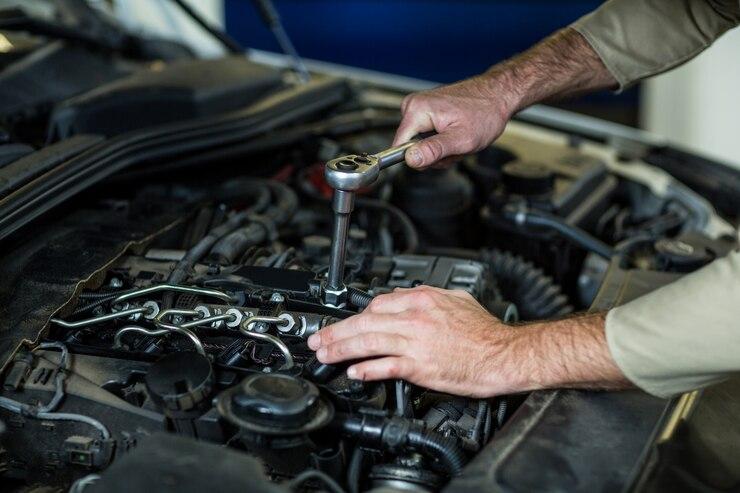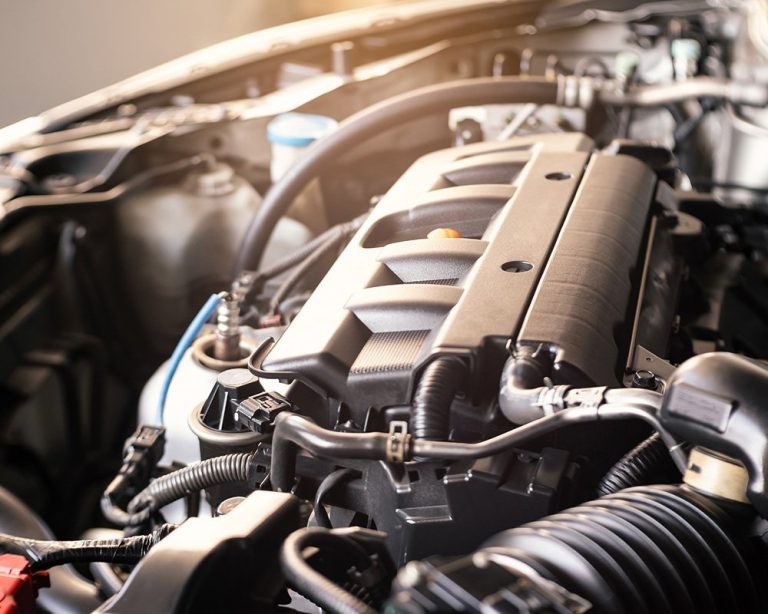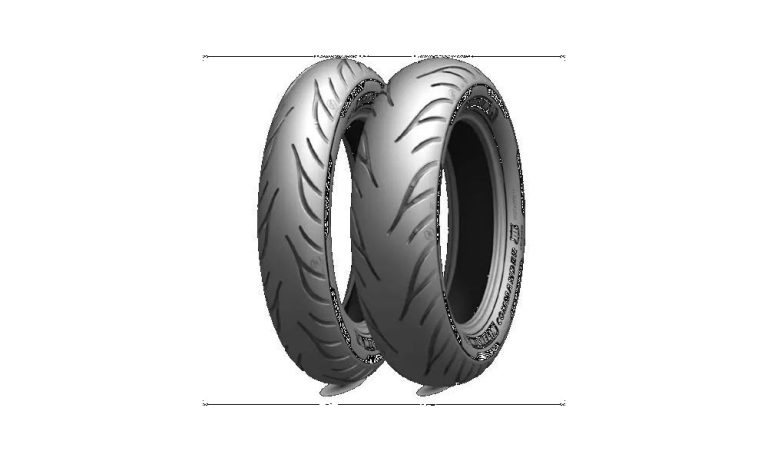The demand for chiller trucks and electric vehicles in Dubai’s commercial transport sector is rising fast. As industries such as food delivery, pharmaceuticals, and retail evolve, reliable and eco-friendly logistics solutions are no longer optional—they’re essential. Whether you’re looking for a chiller van for rent in Dubai, a 3-ton chiller truck, or an electric truck for sustainable transportation, it’s important to understand your options before signing a lease.
In this guide, we’ll explore the key types of chiller trucks and electric vehicles available for rent, their applications, benefits, and what businesses need to consider when leasing.
The Rise of Electric Vehicles and Heavy-Duty Trucks in Dubai
Dubai is actively transitioning towards greener transport options. Electric vehicles trucks, including heavy duty electric truck models, are becoming more accessible for commercial leasing. These vehicles are especially suitable for businesses that want to lower their carbon footprint while maintaining high-performance logistics.
Electric truck leasing offers several advantages:
- Lower fuel and maintenance costs
- Compliance with UAE’s sustainability goals
- Noise reduction in urban delivery zones
- Government incentives for green fleet adoption
If your business involves frequent deliveries, especially in restricted or low-emission zones, electric trucks are a smart long-term investment.
Why Chiller Trucks Matter in the UAE Climate
The UAE’s hot climate makes chiller truck rental a must for businesses dealing in temperature-sensitive goods like dairy, seafood, flowers, or vaccines. These refrigerated vehicles ensure goods are transported under controlled temperatures, safeguarding quality and compliance with health regulations.
Whether you’re transporting products across the city or to other emirates, renting a chiller truck in Dubai ensures that your goods arrive fresh and unspoiled—even during peak summer.
Top Chiller Trucks and Vans Available for Rent in Dubai
1. 3 Ton Chiller Truck
A popular choice among food distributors and catering companies, the 3 ton truck provides enough capacity for mid-sized operations. These trucks often come with dual-temperature zones, which are useful for transporting different product categories in a single trip.
Why lease a 3 ton chiller truck?
- Ideal for medium-scale FMCG operations
- Great for city-wide distribution
- Suitable for both frozen and chilled goods
2. Chiller Van for Rent Dubai
When cargo needs are smaller, a chiller van for rent becomes the perfect alternative. These vans are easier to maneuver through traffic, can access smaller roads, and are cost-effective.
Best for:
- Restaurants and bakeries
- E-commerce grocery businesses
- Medical and laboratory specimen transport
Combining Efficiency: Electric Chiller Trucks
With the emergence of electric chiller trucks, businesses can now enjoy the dual benefits of cold chain logistics and zero-emission transport. These innovative vehicles are designed to maintain internal temperature levels without relying on diesel-powered compressors.
Benefits of Electric Chiller Trucks:
- Reduced emissions, fuel usage, and noise
- Advanced battery management systems
- Government grants and incentives in the UAE
If your company operates under strict ESG goals or aims for LEED certifications, shifting to electric vehicles trucks is a competitive move.
Small Truck Rental: Versatility for Urban Deliveries
For startups or small-scale vendors, small truck rental is an efficient choice. Whether it’s a mini chiller truck or a compact electric van, these vehicles provide just enough capacity without the overhead costs of larger fleets.
Benefits of small truck rental include:
- Lower leasing and fuel costs
- Convenient to park and make deliveries in narrow city streets
- Quick leasing contracts with flexible terms
What to Consider Before Leasing
Whether you’re opting for a commercial van lease, chiller van, or electric truck, consider these key factors:
1. Duration of Use
Choose short-term rental for seasonal demand or long-term lease for daily delivery operations. Many providers offer flexible plans depending on your business cycle.
2. Payload Requirements
A 3 ton truck may be sufficient for mid-sized operations, while larger companies might need heavy-duty electric trucks or 10-ton chiller trucks.
3. Maintenance & Support
Opt for rental providers that include maintenance, breakdown assistance, and replacements to avoid unexpected downtime.
4. Cooling Technology
For goods that need controlled temperatures during transport, make sure the truck has features like adjustable temperature zones, GPS tracking, and a backup power source.
5. Sustainability Goals
If reducing carbon emissions is a priority, explore electric truck leasing options that align with your corporate responsibility goals.
Conclusion
As Dubai accelerates toward a smarter, greener logistics future, leasing a chiller truck or electric commercial vehicle is a strategic move for any business. From chiller vans for rent to heavy duty electric truck leasing, the market now offers a wide range of options tailored to your operational scale and sustainability objectives.
Whether you need a 3 ton chiller truck for fresh food delivery or a commercial van lease for everyday urban drops, choosing the right rental partner ensures smooth, compliant, and cost-effective operations. Don’t forget to explore pick up rental Dubai options as well, especially for non-refrigerated transport needs.











